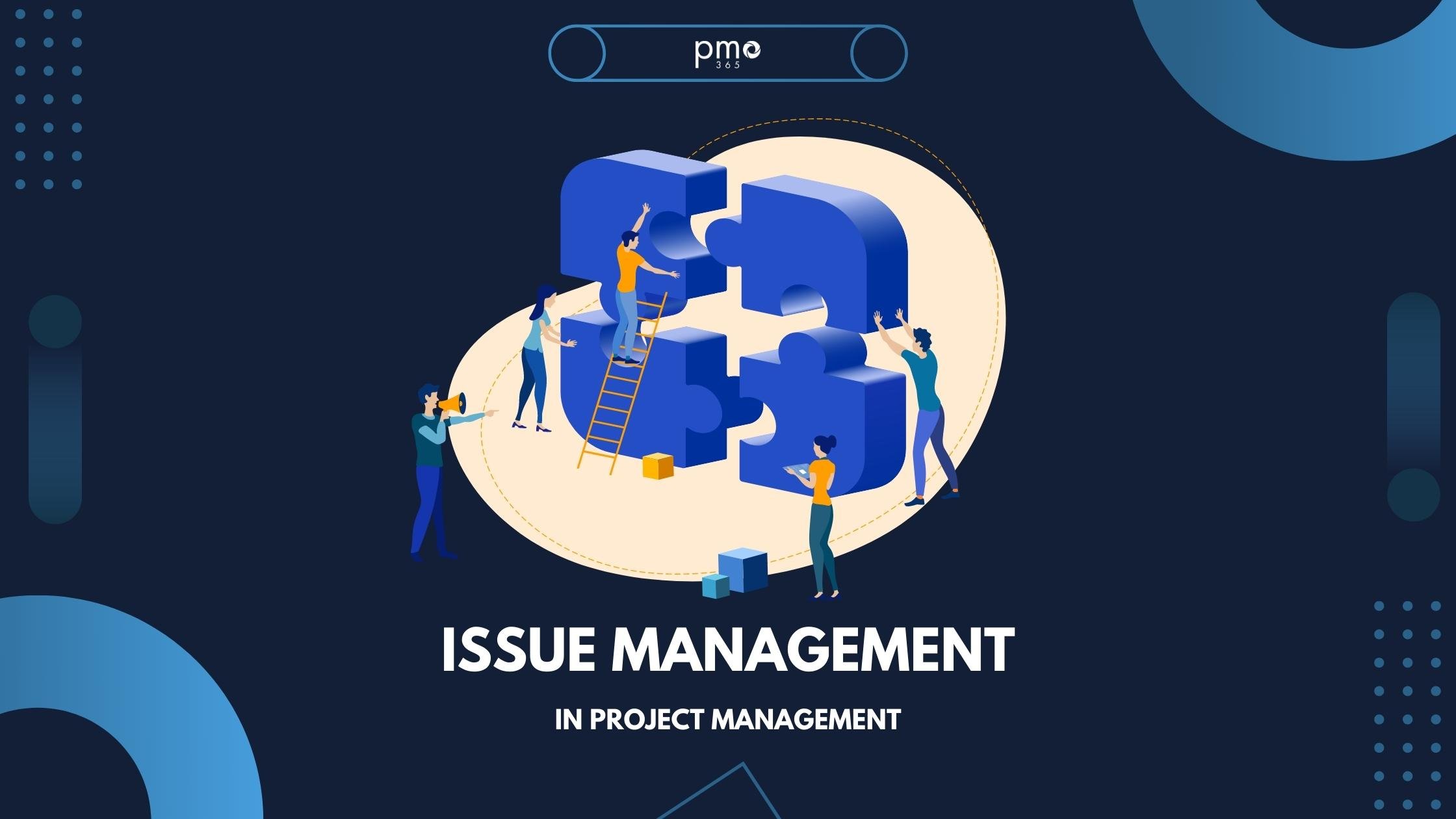What Is Project Contingency?
Project contingency is a critical component of project planning, yet it’s often misunderstood or underestimated. Simply put, project contingency refers to the allocation of extra time, resources, or budget to address unforeseen circumstances that may arise during the course of a project. Whether it’s due to scope changes, delays, resource availability, or market shifts, contingency ensures that a project can weather uncertainties without derailing its overall objectives.
In this blog, we’ll explore what project contingency means, why it’s essential, how to calculate and manage it, and best practices to ensure your contingency planning is both robust and realistic.
Why Project Contingency Is Critical
Projects rarely go exactly as planned. Even with the most detailed risk management strategies, surprises can (and often do) emerge. Contingency allows project managers to build resilience into their plans, providing a buffer that can absorb the impact of unanticipated issues.
Here are some common scenarios where contingency plays a pivotal role:
- Unexpected delays: A key supplier might miss a delivery date.
- Budget overruns: Labour or materials might cost more than forecast.
- Scope changes: Stakeholders might request new features mid-project.
- Technical challenges: New technology integrations might take longer than expected.
Without contingency, these scenarios can cause significant disruptions, leading to missed deadlines, blown budgets, or compromised project quality.
Types of Contingency in Projects
Understanding the different types of contingency can help you allocate resources more effectively. Typically, contingencies fall into three main categories:
- Time contingency: Extra time added to the schedule to handle delays or overruns.
- Cost contingency: Additional funds reserved in the budget to cover unforeseen expenses.
- Resource contingency: Spare capacity in human resources, equipment, or materials to cope with demand fluctuations or availability issues.
Each type should be tailored to the nature and risk profile of your project.
Calculating Project Contingency
There’s no one-size-fits-all formula for calculating project contingency, but there are several commonly used approaches:
- Percentage-based approach: A simple method that adds a fixed percentage (e.g., 10-20%) to the project budget or timeline.
- Risk-based approach: Uses risk assessments to quantify potential impacts and determine appropriate contingency levels.
- Monte Carlo simulation: A more sophisticated method involving simulations of possible project outcomes to predict potential cost and time variances.
The method you choose depends on the complexity, scale, and risk appetite of your organisation and the specific project in question.
.png?width=1800&height=1200&name=Untitled%20design%20(33).png)
Integrating Contingency into Project Planning
Effective contingency planning should be seamlessly integrated into your broader project management framework. This includes:
- Risk management: Aligning contingency plans with your risk register.
- Project scheduling: Incorporating buffer time into the critical path and key milestones.
- Budget planning: Ensuring contingencies are included as line items in your cost estimates.
- Stakeholder communication: Keeping stakeholders informed about the existence and purpose of contingencies to avoid misunderstandings.
Well-integrated contingencies help maintain transparency and trust across the project team and stakeholders.
Managing and Monitoring Contingency Use
Having a contingency doesn’t mean using it freely. It needs to be monitored and managed rigorously. Key strategies include:
- Approval processes: Establish clear criteria and authority levels for accessing contingency funds or time.
- Tracking mechanisms: Use project management tools to track when and why contingency is used.
- Regular reviews: Conduct periodic assessments to evaluate remaining contingency and whether adjustments are necessary.
This disciplined approach ensures contingencies serve their purpose protecting the project, not masking poor planning or scope creep.
Common Mistakes in Contingency Planning
Despite the importance of contingency, many organisations fall into common traps:
- Underestimating risks: Leading to insufficient contingencies.
- Overloading contingency: Making the project appear bloated or inefficient.
- Failing to justify contingency: Losing stakeholder support or budget approvals.
- Not differentiating between contingency and management reserve: Confusing the two can result in misuse of funds.
Avoiding these mistakes starts with education, realistic planning, and continuous communication.
Real-World Examples of Contingency in Action
Consider a capital works project, the construction of a new community centre. Despite thorough planning, the project team faces unforeseen delays due to utility relocation issues. Because the project included a time contingency, the deadline remains achievable. Similarly, a software development initiative encounters scope changes driven by user feedback. Thanks to a well-thought-out cost contingency, the budget can accommodate the additional development effort.
These examples show how contingency cushions the impact of the unexpected, preserving project outcomes.

Best Practices for Effective Contingency Planning
To maximise the value of project contingency, consider adopting these best practices:
- Start early: Include contingency in your planning from the outset.
- Base it on real risks: Align contingency with identified and quantified risks.
- Engage stakeholders: Collaborate to agree on what contingency is and how it will be used.
- Document everything: Maintain a clear record of contingency assumptions, calculations, and usage.
- Review regularly: Reassess contingencies throughout the project lifecycle.
- Learn and improve: Capture lessons learned to refine future contingency planning.
Turning Uncertainty into Opportunity
Project contingency isn’t just about padding your budget or schedule, it’s about smart, proactive risk management. By understanding the importance of contingency, applying the right methods, and integrating it into every phase of your project, you not only safeguard your project outcomes but also enhance stakeholder confidence and organisational maturity.
In an increasingly complex and fast-moving world, project success often depends on how well you prepare for the unexpected. With robust project contingency planning, you transform uncertainty into opportunity and projects into success stories.
Ready to Improve Your Project Contingency Planning?
Whether you're managing infrastructure programs, IT rollouts, or capital works projects, the right tools and frameworks make all the difference. Explore how pmo365 can help you manage risk and contingency across your entire portfolio.
Contact us today for a free demo.













